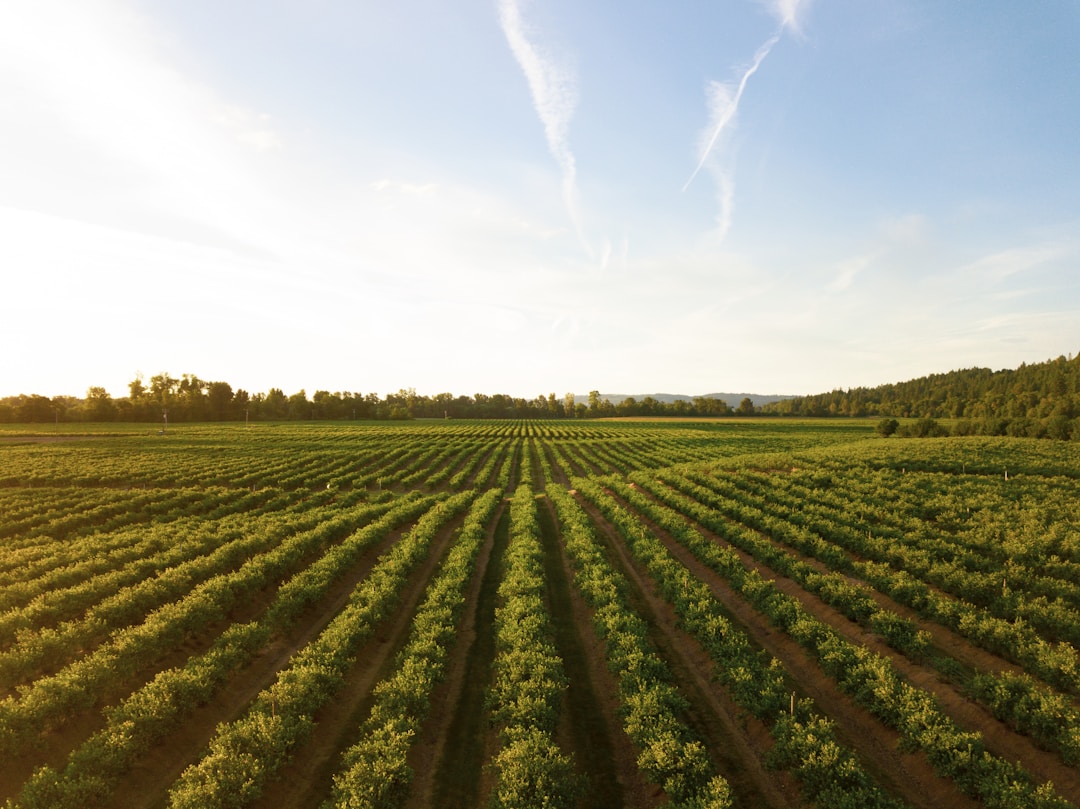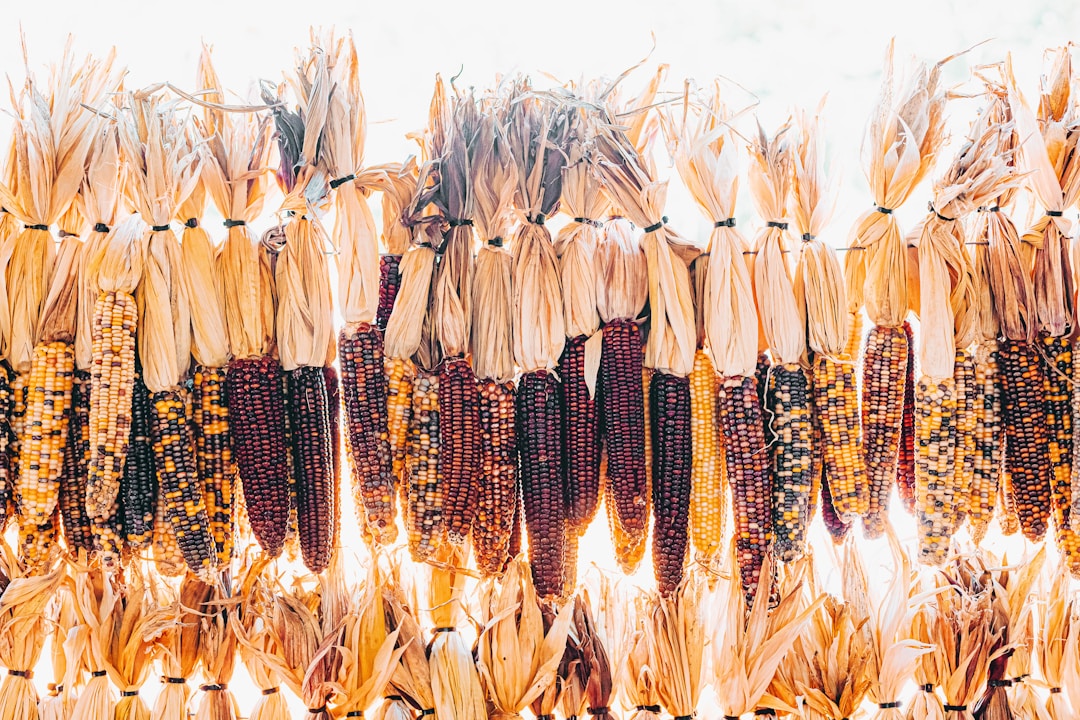Wazzup Pilipinas!
For growers around the United States, maximizing yield potential for their farming acres is a must. This comes as no surprise. After all, why get fewer bushels out of your acres than you can? However, it's not as simple as just waiting for the rains to come and planting at a high seeding rate. Not hardly. There is so much more that goes into making the most of an acre's yield potential.
When it comes to corn yield, in particular, getting the most bang for your buck is especially crucial. The contest for controlling the corn market is rife, with more demand than ever before and strong corn yield markets in areas outside the United States coming in to take a bite out of profits. So, what types of high yield corn management practices can you use to make more bushels than you are today? There are plenty of tactics that can help growers in this realm, and we'll outline a few of them below.
Do a soil test to gauge fertility.

Did you know that grain yield is largely determined by the fertility of your soil? If your soil test comes back showing a lack of zinc, nitrogen, and phosphorus, your soybean and corn plants simply won't have enough nutrients to make them grow big and strong. That means that your grain yield will be a lot fewer bushels than you need. Soybean and corn production start at the level of the soil, so if you want a happy plant population you should pick the right acres to plant your corn plants in.
Crop rotation is a great idea.

Over time, your acres will lose their nutrients due to ongoing crop production. For that reason, you may see higher yields one year than the next, even though you planted on the same acres. Crop rotation is the practice of planting different crops on different acres each growing season. This means sowing corn plants on "acre A" and soybean plants on "acre B" one growing season, then switching it for the next growing season. This is a natural way of maintaining soil fertility year after year.
Add nutrients to the soil with fertilizers.

Even if your soil test comes back with low nutrients, you can still use N fertilizer (nitrogen fertilizer) and other fertilizers to add key micronutrients, like calcium and manganese, to your soil. Make sure to add nitrogen or other micronutrients to the base of the soybean or corn crop, as that's the most important place to encourage growth.
Consider corn hybrids.

Hybrids are taking over the acres these days, with genetically engineered corn crop options that can boost corn yield in massive ways. An easy way to increase grain yield is by using hybrids in your fields. That being said, make sure to choose the right hybrids for your land. Also, using hybrids doesn't negate all the other best practices for crop management, such as crop rotation and proper irrigation techniques. It's simply a way of ensuring greater yields, but it doesn't mean growers don't have to continue to do their due diligence.
High-yield corn management isn't easy, but that's why planters who love a challenge will do well in this industry. After all, you didn't get into the corn growing business because you thought it would be a great chance to visit the Key to the South. If you're the kind of planter who doesn't shy away from a hard contest, consider using these tips to take your production system to the next level. If you use these methods, as well as manage pests and weeds with herbicide and fungicide on a regular basis, there's no possible reason why you can't win the contest of corn yield. All you have to do is get out there and starting planting.
For growers around the United States, maximizing yield potential for their farming acres is a must. This comes as no surprise. After all, why get fewer bushels out of your acres than you can? However, it's not as simple as just waiting for the rains to come and planting at a high seeding rate. Not hardly. There is so much more that goes into making the most of an acre's yield potential.
When it comes to corn yield, in particular, getting the most bang for your buck is especially crucial. The contest for controlling the corn market is rife, with more demand than ever before and strong corn yield markets in areas outside the United States coming in to take a bite out of profits. So, what types of high yield corn management practices can you use to make more bushels than you are today? There are plenty of tactics that can help growers in this realm, and we'll outline a few of them below.
Do a soil test to gauge fertility.

Did you know that grain yield is largely determined by the fertility of your soil? If your soil test comes back showing a lack of zinc, nitrogen, and phosphorus, your soybean and corn plants simply won't have enough nutrients to make them grow big and strong. That means that your grain yield will be a lot fewer bushels than you need. Soybean and corn production start at the level of the soil, so if you want a happy plant population you should pick the right acres to plant your corn plants in.
Crop rotation is a great idea.

Over time, your acres will lose their nutrients due to ongoing crop production. For that reason, you may see higher yields one year than the next, even though you planted on the same acres. Crop rotation is the practice of planting different crops on different acres each growing season. This means sowing corn plants on "acre A" and soybean plants on "acre B" one growing season, then switching it for the next growing season. This is a natural way of maintaining soil fertility year after year.
Add nutrients to the soil with fertilizers.

Even if your soil test comes back with low nutrients, you can still use N fertilizer (nitrogen fertilizer) and other fertilizers to add key micronutrients, like calcium and manganese, to your soil. Make sure to add nitrogen or other micronutrients to the base of the soybean or corn crop, as that's the most important place to encourage growth.
Consider corn hybrids.

Hybrids are taking over the acres these days, with genetically engineered corn crop options that can boost corn yield in massive ways. An easy way to increase grain yield is by using hybrids in your fields. That being said, make sure to choose the right hybrids for your land. Also, using hybrids doesn't negate all the other best practices for crop management, such as crop rotation and proper irrigation techniques. It's simply a way of ensuring greater yields, but it doesn't mean growers don't have to continue to do their due diligence.
High-yield corn management isn't easy, but that's why planters who love a challenge will do well in this industry. After all, you didn't get into the corn growing business because you thought it would be a great chance to visit the Key to the South. If you're the kind of planter who doesn't shy away from a hard contest, consider using these tips to take your production system to the next level. If you use these methods, as well as manage pests and weeds with herbicide and fungicide on a regular basis, there's no possible reason why you can't win the contest of corn yield. All you have to do is get out there and starting planting.




















 Ross is known as the Pambansang Blogger ng Pilipinas - An Information and Communication Technology (ICT) Professional by profession and a Social Media Evangelist by heart.
Ross is known as the Pambansang Blogger ng Pilipinas - An Information and Communication Technology (ICT) Professional by profession and a Social Media Evangelist by heart.











